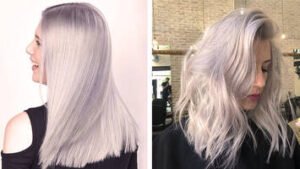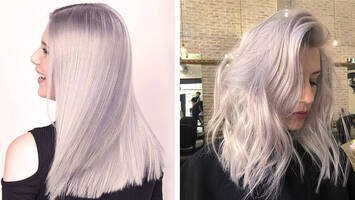In the realm of hair coloring, achieving the perfect shade involves the careful interplay of various elements. Among them, hair developer plays a crucial role. This article explores the significance of “hair developer,” uncovering its functions, types, and the science behind its role in creating vibrant and lasting hair colors.
The Foundation of Hair Color Chemistry: At the core of any hair coloring process is the intricate chemistry between hair developer and hair dye. Hair developer, also known as peroxide, is a key component that activates the hair dye molecules and facilitates their penetration into the hair shaft. This interaction forms the foundation of the science behind hair coloring.
Oxidation and Lift: Hair developers come in different strengths, commonly categorized as 10 volume, 20 volume, 30 volume, and 40 volume. The volume represents the concentration of peroxide, with higher volumes leading to greater lift and lightening of the hair. The oxidation process triggered by the developer opens the hair cuticle, allowing the dye to reach and alter the hair’s natural pigment.
Color Development and Timing: The duration of contact between the hair developer and dye is a critical factor in achieving the desired color. Different developers have different processing times, and the choice of developer strength depends on the desired result. A lower volume developer may be suitable for toning or darkening, while higher volumes are used for lightening or vibrant color changes.
Types of Developers: There are two main types of hair developers: cream and liquid. Cream developers have a thicker consistency and are often preferred for precision application, especially in techniques like highlighting or balayage. Liquid developers, on the other hand, are more fluid and can be suitable for broader applications, providing even coverage.
Developer and Hair Health: While hair developer is essential for achieving color transformations, its potent nature raises concerns about potential damage to the hair. The importance of maintaining hair health during and after the coloring process cannot be overstated. Conditioning treatments, deep moisturizing, and avoiding excessive heat styling are crucial practices to preserve the integrity of the hair.
Developer in Lightening Processes: In cases where lightening is the goal, hair developers play a central role in the bleaching process. The lifting of natural pigments from the hair requires a higher volume developer to open the cuticle and disperse melanin. This is a delicate process that demands precision and an understanding of the hair’s response to the developer.
Choosing the Right Developer: The choice of hair developer depends on the specific requirements of the coloring process. A consultation with a professional colorist can help determine the ideal developer strength based on factors such as the natural hair color, the desired outcome, and the condition of the hair.
Aftercare and Maintenance: Once the coloring process is complete, proper aftercare is essential. Moisturizing shampoos and conditioners designed for color-treated hair help maintain vibrancy and prevent premature fading. Regular touch-ups may be needed to address root growth or to refresh the color as it naturally fades over time.

Hair developer is the silent architect behind the brilliant spectrum of hair colors seen today. Its role in activating and enhancing hair dye is fundamental to the artistry of hairstyling. Understanding the nuances of different developer strengths, types, and their impact on hair health empowers individuals to embark on vibrant color journeys while safeguarding the natural vitality of their locks.










